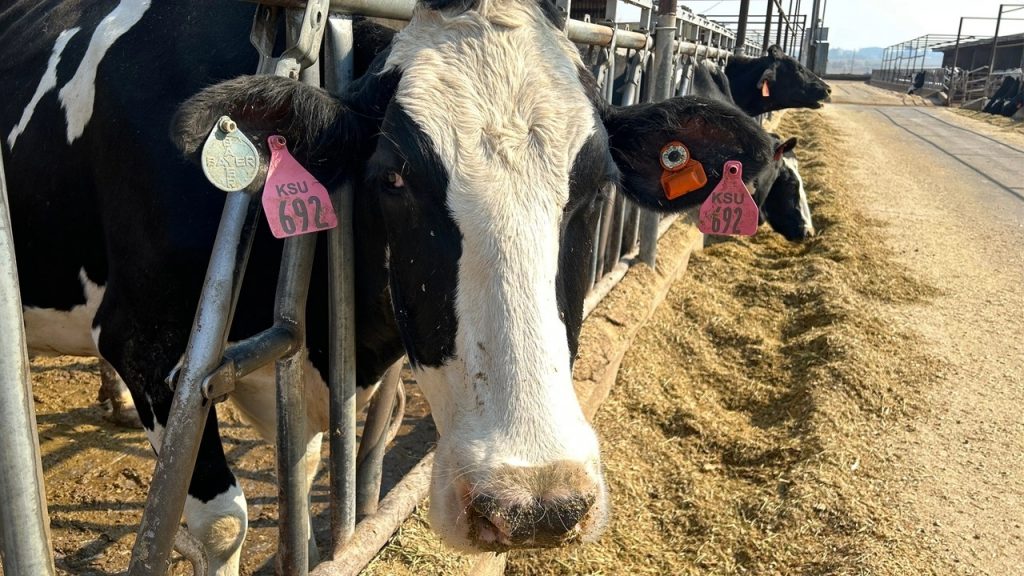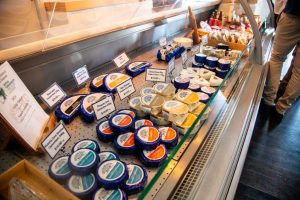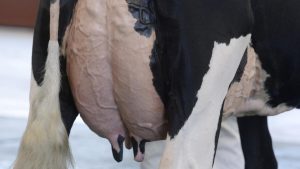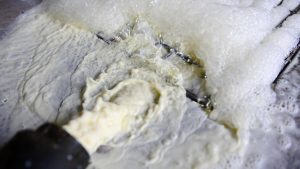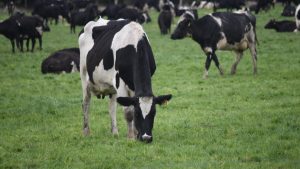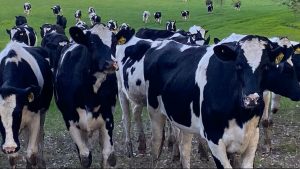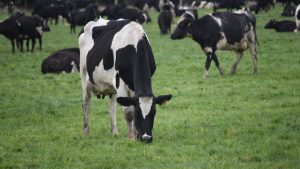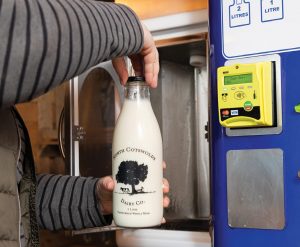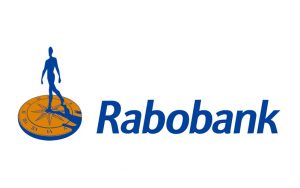
Opening milk prices have failed to deliver the glimmer of hope drought suffering farmers were hoping for.
As dry seasonal conditions and financial pressures continue to take their toll on dairy farmers, the opening prices announced by leading dairy companies last week did not provide the relief many farmers needed.
As required under the mandatory milk pricing code, dairy companies revealed their opening milk prices last week by the June 2 deadline.
While prices were slightly up on last year’s opening – in the range of $8.60 to $9.20 per kilogram of milk solids – they were lower than what suppliers needed to retain industry confidence.
United Dairyfarmers of Victoria president Bernie Free criticised Fonterra’s opening price for completely missing the mark and will leave some farmers questioning their futures.
Mr Free said Fonterra’s opening milk price of $8.60/kg milk solids fell short of what was needed to sustain Victorian dairy farmers through one of the toughest periods in recent memory.
“This price simply doesn’t reflect the reality on the ground.
“Farmers are facing record input costs, water shortages, failed pasture growth, and another year of intense financial pressure. An opening of $8.60 won’t cut it for many businesses trying to stay viable,” Mr Free said.
Burra Foods announced an opening price in the range of $8.60 to $9.10/kg milk solids while Saputo’s opening price for the 200256/26 season was $8.80 to $8.95/kg milk solids.
Added to the pressure, was the latest Dairy Australia Situation and Outlook report which forecasted a decline in milk production for the coming season.
The report stated with challenging weather conditions and tighter farm margins, Dairy Australia forecasted the national milk pool to drop between zero to two per cent in the 2025/26 season.
The UDV called on all processors to review opening prices with urgency and ensure they reflected both global market conditions and local seasonal adversity.
“This is not a normal year. The cost base has shifted dramatically and $8.60 does not provide the margin needed to justify continued investment or ensure on-farm resilience,” Mr Free said.
He said the UDV would continue to advocate for pricing that reflected the true cost of production and supports farmer confidence through volatile seasons.
Mr Free said the UDV had been actively working with industry, government, and service providers to monitor the impact of the ongoing drought, particularly in the southwest, where a second failed autumn break and lack of rainfall have left paddocks bare and farms under severe stress.
“We’ve got farmers being forced to de-stock and taking on more debt just to keep operations running. It’s putting a real strain on their mental health.
“Processors need to recognise that an aggressive cost-of-production environment demands a stronger pricing commitment,” Mr Free said.
Fonterra Oceania managing director David Breckenridge said the opening price was higher than the current season, which reflected improved global market conditions.
In a letter to suppliers, he said Fonterra was “committed to paying a competitive milk price throughout the season” and prices would be reviewed bi-monthly.
“We acknowledge the prolonged dry conditions and the impact on farmers right across the industry,” the letter stated.
Burra Foods’ opening minimum farmgate milk price range was $8.60 to $9.10/kg milk solids, which chief executive officer Stewart Carson said was an increase over last year’s opening price and reflected improved market conditions.
“Burra Foods is acutely aware of the tough conditions facing dairy farmers across much of Gippsland. Access to fodder and water are real issues exacerbated by the unexpected drought.
“This message is growing weekly, and Burra Foods is offering cashflow support to assist where possible,” Mr Carson said.
Saputo Dairy Australia announced its opening weighted average milk price of $8.80 to $8.95/kg milk solids.
Milk supply and planning director Kate Ryan said the opening price reflected the stabilisation of global commodity prices, offset by sustained domestic market challenges.
“While we are optimistic there are longterm opportunities ahead, we are mindful of prevailing headwinds. As the 2025/26 milk year is only just beginning, we will review our farmgate milk prices during the season and pass on step-ups where it is supported by greater certainty across key markets and product categories,” she said.
You can now read the most important #news on #eDairyNews #Whatsapp channels!!!
🇺🇸 eDairy News INGLÊS: https://whatsapp.com/channel/0029VaKsjzGDTkJyIN6hcP1K
